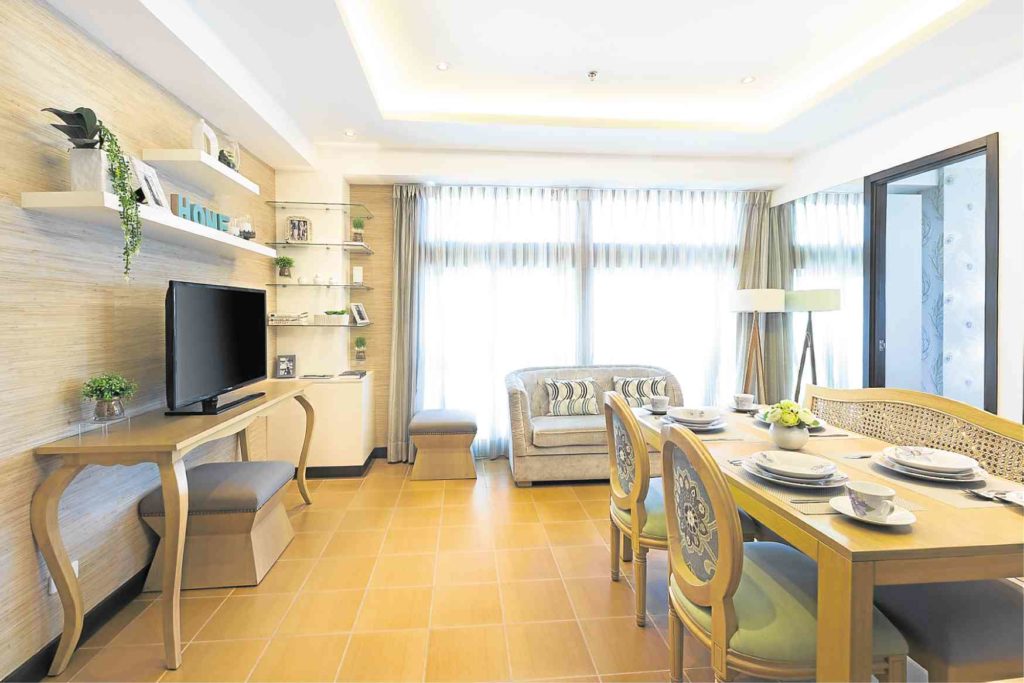
Through innovation, Empire East has managed to take the lead.
The Philippine real estate industry ended 2017 on an impressive note, as it again displayed its prowess, exhibiting another year of strong, steady growth across segments.
This has thus provided a sturdy platform for what could be another stellar performance in 2018 across the industrial, hotel, office and residential segments.
Rising demand
According to Colliers International Philippines, demand for industrial space will likely grow over the next two to three years due to the influx of manufacturers of electronics and fast-moving consumer goods, while the hotel sector is seen benefiting from the government’s aggressive drive to improve the country’s infrastructure backbone and rising international tourist arrivals.
Collier’s reports further showed that the office sector is better positioned today, with its growth driven primarily by rising demand for space from Philippine online gaming operators; traditional companies expanding with the growing economy, and even outsourcing companies due to faster pace of proclamations by the Philippine Economic Zone Authority (Peza).
Record high take up
Take up of residential condominium units meanwhile hit a record high in 2017, with Philippine property developers selling a total of 52,600 units.
According to Colliers, demand will likely to grow by 3 percent this year driven by a mix of investors and end-users, while supply in 2018 should reach 27,200 units, higher than the 7,500 annual average recorded in the last five years.
“Consequently, Colliers recommends that developers strategically market their products to be able to take a share of the demand. Location will be key to ensure viable returns for buyers and owners in a market where heavy supply exists,” the Colliers report further stated.
Leading the way
Such a strategy however was something that Empire East Land Holdings Inc. has long taken to heart, having successfully carved a niche in the broad middle-market segment, where it continues to lead today.
The key, according to Empire East president Atty. Anthony Charlemagne Yu, would be the various innovations that the company has implemented over the past decades.
“Empire East has been known as the foremost innovator in the industry… All the innovations were made because of only one reason—Empire East is very responsive to the pulse of the market. And instead of waiting for market changes, we change and innovate continuously as we anticipate the desires of our market,” Yu said in an interview with the Inquirer.
Market moving measures
These innovations include:
The buyer friendly financing scheme, which does not require buyers to pay any down payment, and has brought down monthly amortization rates to the level of disposable income of the real middle income class;
The loft type developments, which was Empire East’s response to the need for private space in condominium living;
The cluster developments, which allowed a bigger community in an integrated development, and allows for more luxurious amenities to be shared by a bigger number of residents. The idea of scaling up developments was in line with Empire East’s thrust to provide affordable luxury to buyers;
The Transport Oriented Developments (TODs) is a concept geared towards utilizing access to transport systems as the main selling point of the
development. It was meant to encourage residents to lessen their reliance on private cars, and was likewise in response to the call for more environment friendly developments; and
The resort-type developments, which were in response to the clamor for city dwellings that can also serve as enclaves from the urban congestion.
“By marrying the concept of luxury and affordability, Empire East has introduced a far more gentrified condominium living concept to the country, and this has in turn attracted more buyers and investors to the market,” Yu explained.
Bullish outlook
Today, Empire East has an impressive roster of developments that include Little Baguio Terraces, and the Mango Tree Residences, both in San Juan City; Pioneer Woodlands in Mandaluyong City; and the Kasara Urban Resort Residences and The Rochester, which are both located in Pasig City.
Much has been lined up, too, over the next several years, as Yu remained optimistic of their prospects in the years ahead.
“We continue to be the market leader in the middle income segment and we hope to sustain this position in the years to come. Our sales have been very robust, and we continue to break all our sales records from to year,” Yu explained.
“(We also have) many new towers and projects in the pipeline. Aside from the new towers of existing projects as well as the four-tower project along Shaw Boulevard called The Paddington Place, there are others which we are presently masterplanning before their launch. We shall disclose them very soon,” Yu concluded.